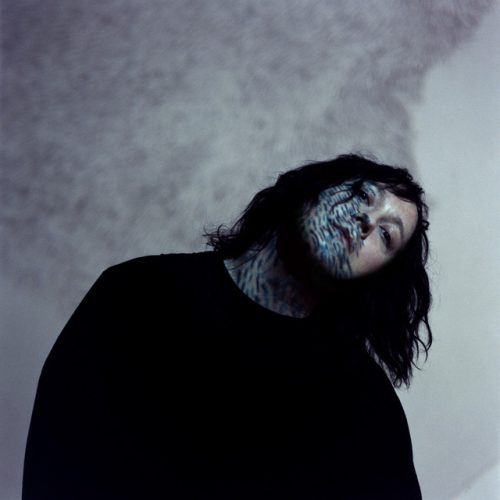Feeling disconnected from society, even in fleeting periods of one’s life, is something to which most can relate.
By our 30s, we have navigated childhood, high school, the labyrinth of social acceptance, sexual identity, perhaps post-secondary education, entering the adult workforce, etc. The list of tribulations is vast and, despite being navigable, undoubtedly contributes to the ongoing building of our adult selves.
In 2005, 34-year-old Antony Hegarty, lyricist and vocalist of Antony and the Johnsons, is well-established in two worlds in which few of us have ever stepped foot: full-time recording and touring artist, and life as a transgender person.
Upon releasing his sophomoric LP I am a Bird Now (featuring iconic guests such as Rufus Wainwright, Lou Reed, and Boy George) to critical praise, Antony celebrates lead track “Hope There’s Someone” by releasing it as a physical CD single. In a stirring wind of irony, the B-side, the “other side,” offers arguably his most direct and open lament on the duality – the “other side” – that has been his reality for the entirety of his adult life, and beyond.
“Frankenstein,” a truly heartbreaking dreamlike telling of emotional and physical entrapment and entanglement, sees Antony digging through the vessel in which they are born. It’s a tale of longing for a way out, a path to the light in which their true identity may be revealed, both to themselves and to the world.
At face value, “Frankenstein” is a love song. An inward-facing piano-driven ballad about simultaneously letting go and holding on in love. 2005 doesn’t boast the societal awareness surrounding the true horrors of those living in gender identity crisis. Odds dictate that it will be some time before many Antony Hegarty fans grasp the full depth of meaning within the lyrics, or have the tools to connect -albeit from an unrelatable perch – to the plea they offer throughout.
Let’s rewind 187 years to 1818. Author Mary Shelley pens what will become one of the cornerstones of literary greatness. The tale of a man pieced together using body parts that are not his own. Possessing a brain and all the synapses housed within it, he knows this body is not his own. He knows what he is. He longs for affection and belonging, only to be met with disgust, rejection, and alienation. Perhaps worst of all, he knows there is little he can do to change himself, to show the world that he is, in fact, not a monster.
He resorts to turning on his creator in an attempt to realize a basic human need – to be accepted and loved.
Antony, a transgender person, graciously leads us through their world, with the soothing patience of a funeral director. They open the darkest, most rusted casket and shine a light on their feelings without emoting. So deeply disconnected is their spirit from their physical vessel, they remain unable to determine who they truly are, as they fall
Into a chasm
I’m falling with you in my arms
No, wait. These are your arms
Fast forward 17 years and Antony has finally moved on. Molting the suffocating exoskeleton and emerging as Anohni. As foreshadowed in “Frankenstein,” they have finally morphed, evolved and found their forever home.
As their transformation looms, they will leave us with one hopeful yet gut-churning parting line, simply stating
It’s cold, leave baby, it’s cold, it’s time
This is a vision of love and I’m freezing
I’m falling into cold, come on let’s go
And go they did. Ending a 3-decade journey toward their true self.







